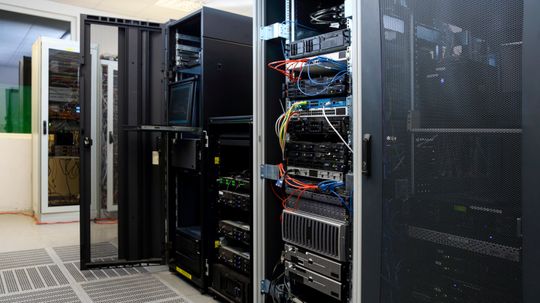As technology continues to evolve at an unprecedented pace, one may wonder why there are limits on the speed at which a central processing unit (CPU) can operate. Delving into this intriguing subject reveals a multitude of factors that contribute to these constraints.
The Physics Behind CPU Speed Limits
At the heart of every computer lies the CPU, responsible for executing instructions and performing calculations. However, even with advancements in semiconductor manufacturing processes, there are physical limitations that impede further increases in CPU speed. One such limitation is heat dissipation – as CPUs operate faster, they generate more heat. This excess heat must be efficiently managed to prevent damage or performance degradation.
Additionally, another constraint arises from the finite propagation delay within transistors. As signals travel through intricate circuits etched onto silicon wafers, delays occur due to various factors like resistance and capacitance. These inherent delays impose restrictions on how quickly information can be processed by a CPU.
The Trade-Offs between Power Consumption and Performance
An essential consideration when designing CPUs is power consumption versus performance trade-offs. While increasing clock speeds could potentially enhance computational capabilities, it also leads to higher power requirements. Balancing these two aspects becomes crucial as excessive power consumption not only impacts energy efficiency but also necessitates additional cooling mechanisms.
Furthermore, pushing CPUs beyond their optimal operating frequencies may result in diminishing returns regarding actual performance gains achieved per watt consumed. Manufacturers strive to strike an equilibrium between maximizing processing power while maintaining reasonable energy usage levels.
Economic Factors Influencing CPU Design
Beyond technical limitations lie economic considerations that shape modern-day CPUs’ design choices and subsequent speed limits imposed upon them. The cost associated with developing cutting-edge manufacturing processes and materials required to produce faster CPUs plays a significant role. Research and development expenses, coupled with the need for mass production, necessitate careful decision-making regarding achievable CPU speeds.
Moreover, market demand also influences CPU design choices. While there is undoubtedly a segment of users who crave the highest possible performance, most consumers prioritize a balance between cost-effectiveness and adequate processing power. Manufacturers must cater to these demands while ensuring profitability.
Conclusion
In conclusion, the limits on CPU speed are multi-faceted and arise from various factors encompassing both technical constraints and economic considerations. The physics behind heat dissipation and propagation delays within transistors pose fundamental limitations on how fast CPUs can operate. Additionally, trade-offs between power consumption and performance further shape these limits. Lastly, economic factors such as manufacturing costs and market demand play pivotal roles in determining achievable CPU speeds. Understanding these complexities allows us to appreciate the intricacies involved in pushing the boundaries of computational capabilities while maintaining practicality.
